A restful night’s sleep isn’t just about a cozy bed and dim lighting — the air you breathe matters too. Modern homes, filled with electronics, synthetic materials, and limited ventilation, often suffer from poor air quality. Fortunately, nature offers an easy and beautiful solution: indoor plants that boost oxygen levels. These green companions don’t just beautify your bedroom; they actively improve air circulation, remove toxins, and release fresh oxygen, especially at night. Here’s a list of the best bedroom plants for oxygen boost to help you breathe easy and sleep better.
1. Snake Plant (Sansevieria trifasciata)

The Snake Plant, known as Mother-in-Law’s Tongue, is one of the best plants for boosting bedroom oxygen levels. What makes it special is its ability to convert carbon dioxide into oxygen during the night — a rare trait among plants. Its tall, upright leaves also absorb harmful toxins such as formaldehyde, benzene, and trichloroethylene. Extremely low-maintenance, this plant thrives on neglect, tolerating low light and irregular watering. Its sleek, modern look makes it a stylish and practical choice for bedside tables or corners.
2. Areca Palm (Dypsis lutescens)

Known for its elegant, feathery fronds, the Areca Palm is not only a natural humidifier but also a powerful oxygen booster. It steadily releases fresh oxygen and removes airborne toxins like toluene and xylene. Its ability to regulate humidity levels makes it ideal for dry, air-conditioned bedrooms, benefiting both skin and respiratory health. Areca Palm prefers bright, indirect light and consistently moist soil. With its lush, tropical look, it adds beauty while ensuring your room’s air stays clean, moist, and rich in oxygen.
3. Aloe Vera (Aloe barbadensis miller)
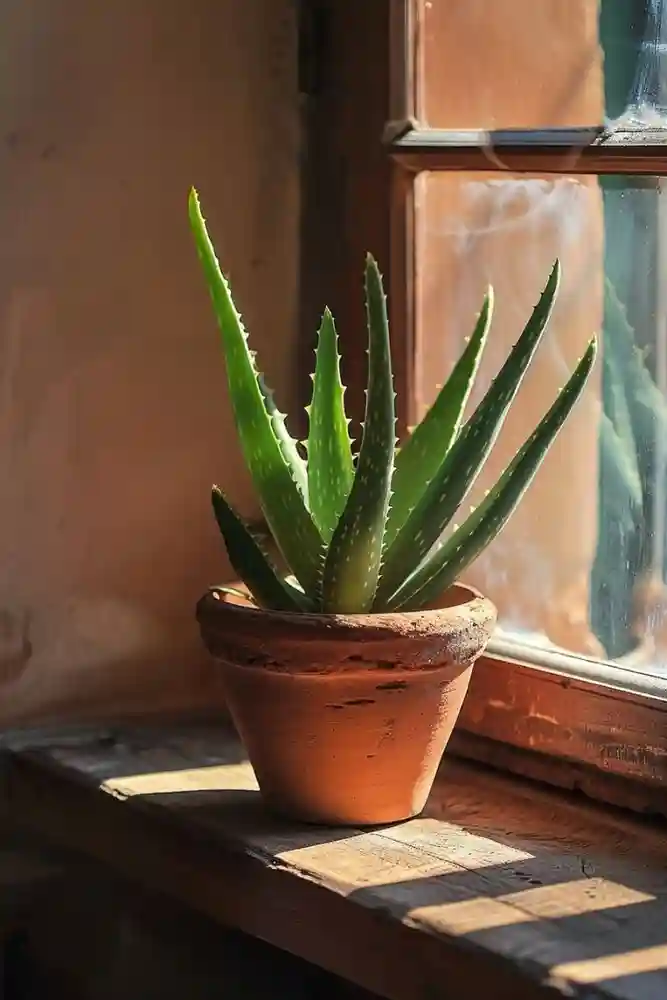
Aloe Vera isn’t just a skin-care remedy — it’s also a champion oxygen producer, especially during nighttime. While most plants release oxygen during the day, Aloe Vera continues this process after sunset, improving bedroom air quality while you sleep. Its thick, fleshy leaves absorb toxins like benzene and formaldehyde, commonly found in paints and cleaners. Easy to care for, Aloe Vera thrives in sunny spots and requires minimal watering. Plus, you’ll have instant access to its soothing gel for burns and cuts.
4. Peace Lily (Spathiphyllum)
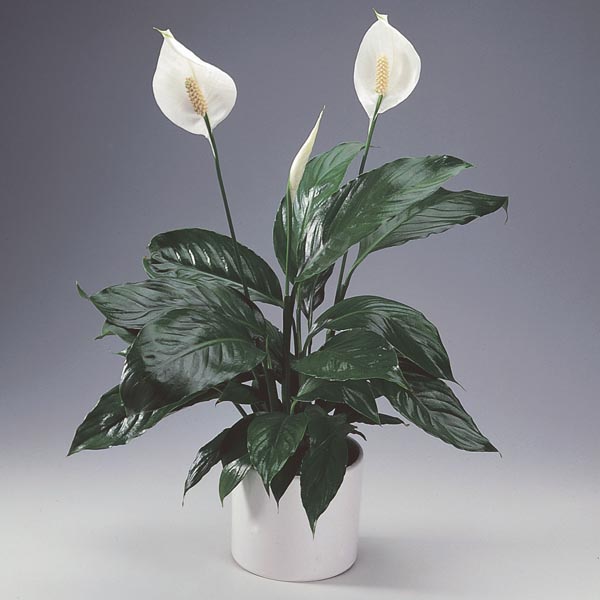
The graceful Peace Lily, with its glossy leaves and pure white blooms, is a superb natural air purifier and oxygen booster. It not only absorbs pollutants like formaldehyde, ammonia, and benzene but also enhances humidity by releasing moisture into the air — preventing dry skin, eyes, and respiratory discomfort. Peace Lilies thrive in low to medium light and prefer consistently moist soil. Their elegant appearance, combined with their oxygen-boosting ability, makes them an excellent addition to any bedroom for a fresher, healthier sleep space.
5. Neem Tree (Azadirachta indica)
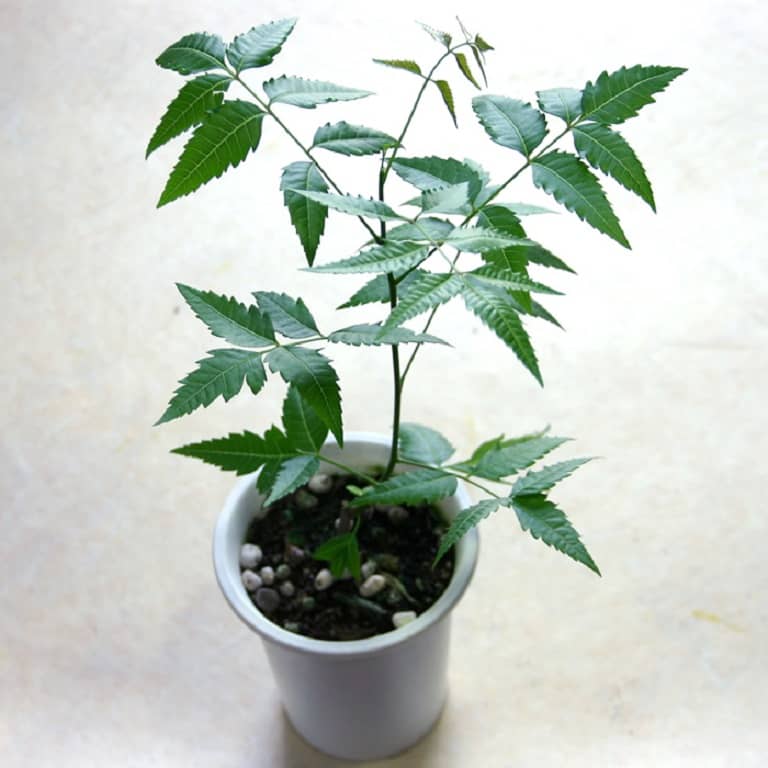
While less commonly grown indoors, a potted Neem Tree is an excellent bedroom plant known for its medicinal and air-purifying qualities. Neem releases a good amount of oxygen, especially at night, while absorbing carbon dioxide and neutralizing indoor air pollutants. Traditionally known for its antibacterial and antifungal properties, having a Neem Tree nearby can promote cleaner, fresher air and even help keep mosquitoes at bay. It loves sunny windows and occasional watering, offering both practical benefits and a touch of nature’s healing power to your bedroom.
6. Gerbera Daisy (Gerbera jamesonii)
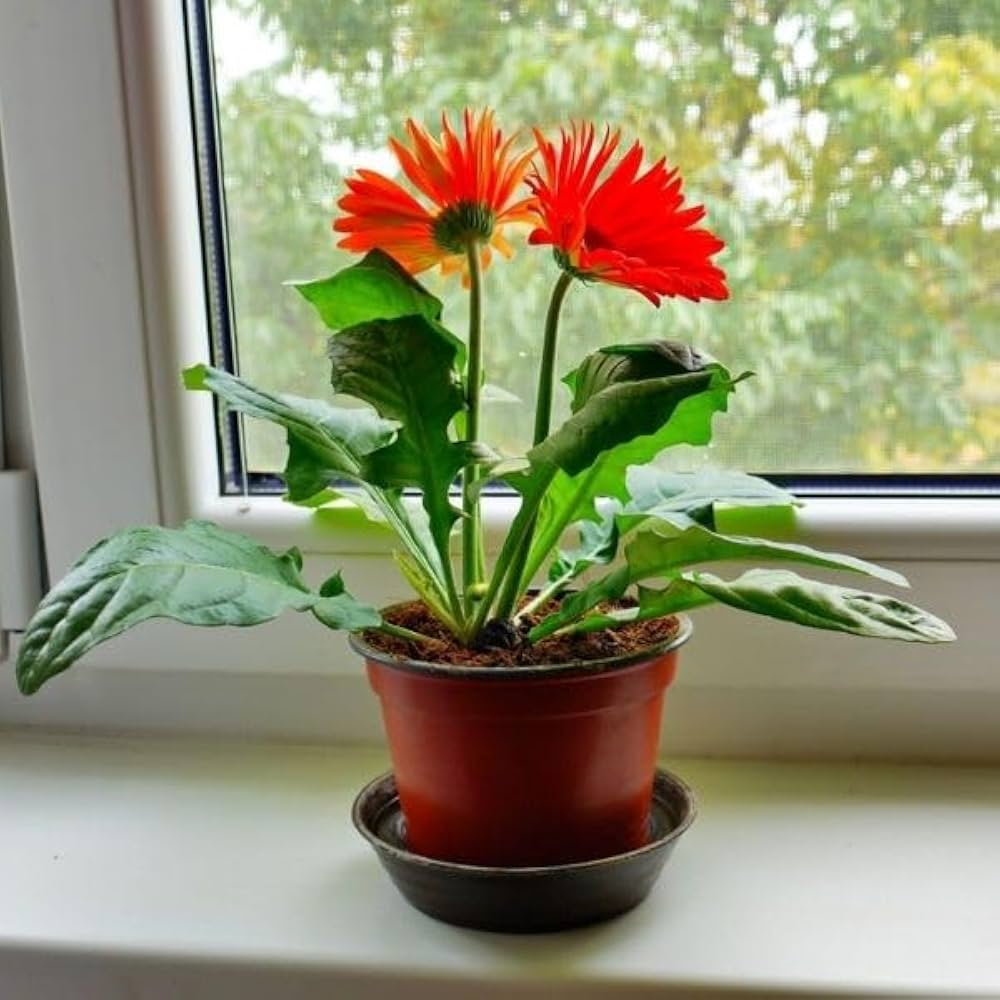
Bright, cheerful Gerbera Daisies aren’t just pretty faces — they’re exceptional oxygen producers too. These flowers release oxygen at night while removing harmful toxins like benzene and trichloroethylene from the air. This makes them especially valuable for improving bedroom air quality and promoting sound sleep. Gerbera Daisies prefer bright, indirect light and slightly moist soil. Though they need a bit more attention than some hardy houseplants, their colorful blooms and health benefits make them well worth the care.
7. Tulsi (Holy Basil – Ocimum tenuiflorum)
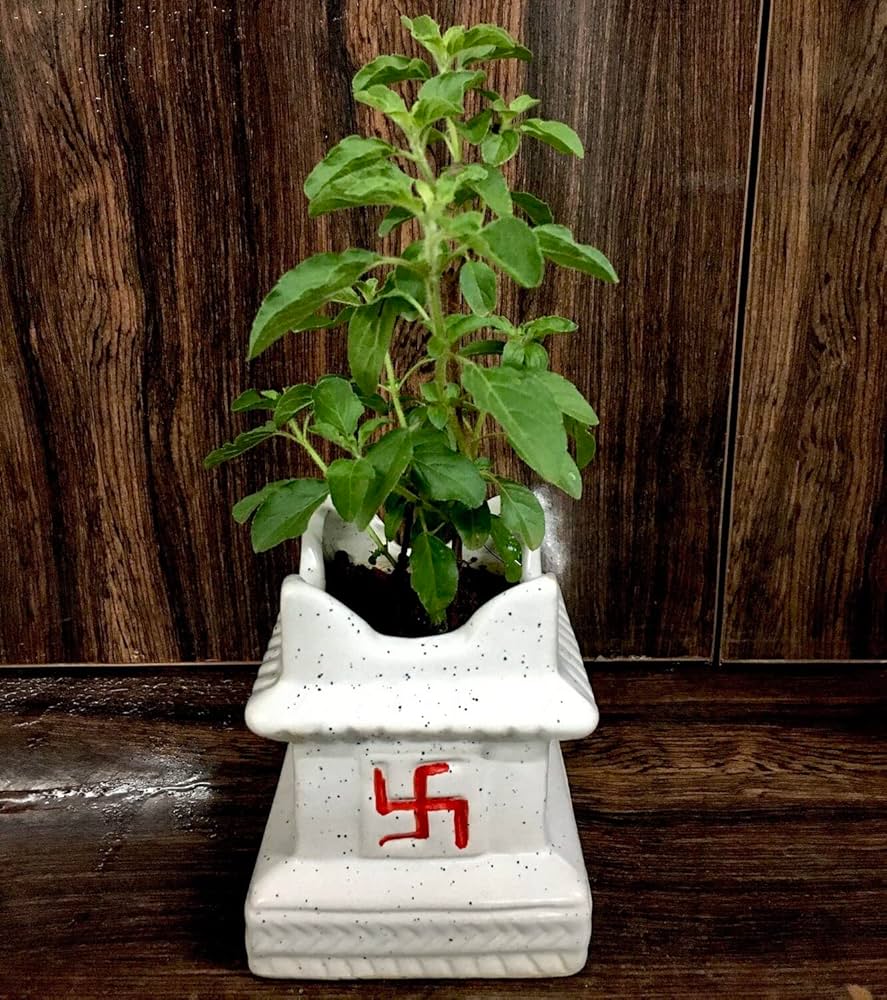
A sacred plant in many Indian households, Tulsi is celebrated for its medicinal, spiritual, and air-purifying properties. It emits oxygen for up to 20 hours a day, significantly improving bedroom air quality. Additionally, Tulsi is known to absorb carbon dioxide and other harmful gases. The plant releases a subtle, calming aroma that reduces stress and promotes restful sleep. Thriving in sunlight, Tulsi prefers well-drained soil and regular watering. Having this sacred herb by your bedside not only improves oxygen levels but also adds peace and tranquility to your room.
Final Thoughts
Choosing the right bedroom plants can significantly improve air quality, oxygen levels, and overall wellness. These oxygen-boosting indoor plants not only beautify your room but also create a healthier, more breathable, and sleep-friendly environment. Whether you prefer the effortless elegance of a Snake Plant, the lush greenery of an Areca Palm, or the healing touch of Aloe Vera, there’s a perfect plant for every bedroom. Add a few of these living air purifiers to your personal space and enjoy deeper, cleaner, and more refreshing sleep every night.

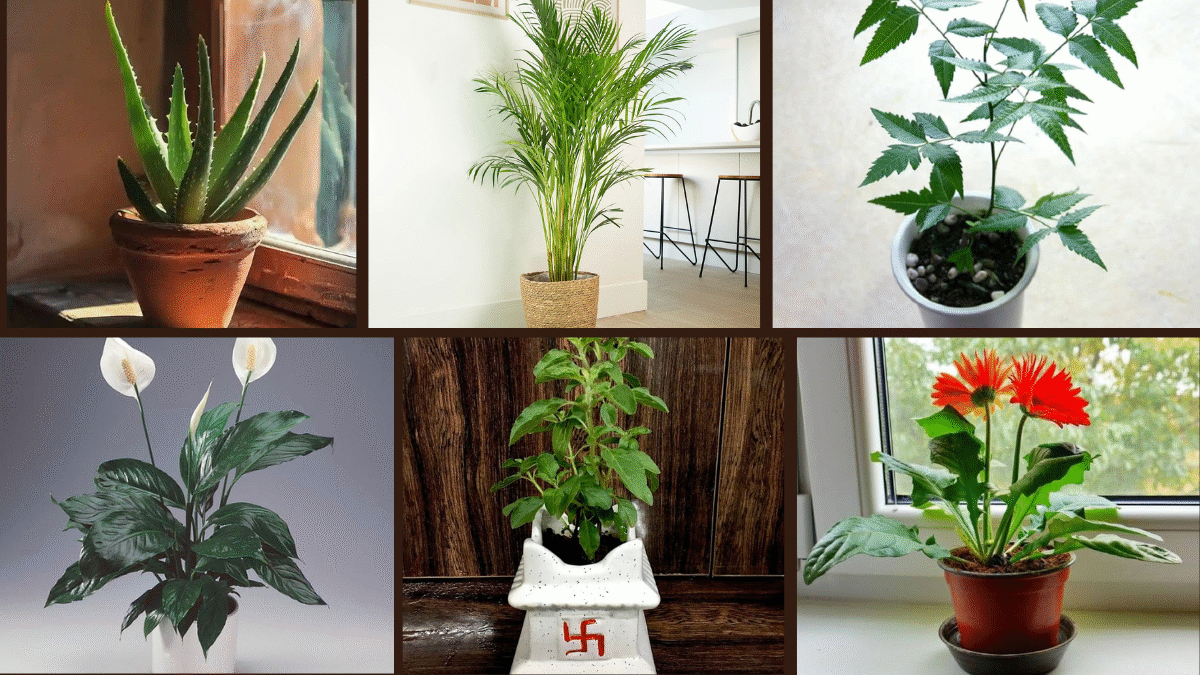



Leave A Comment